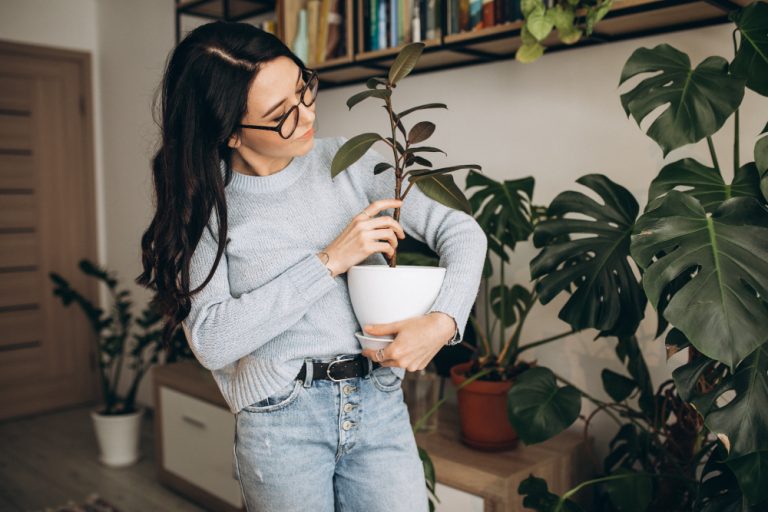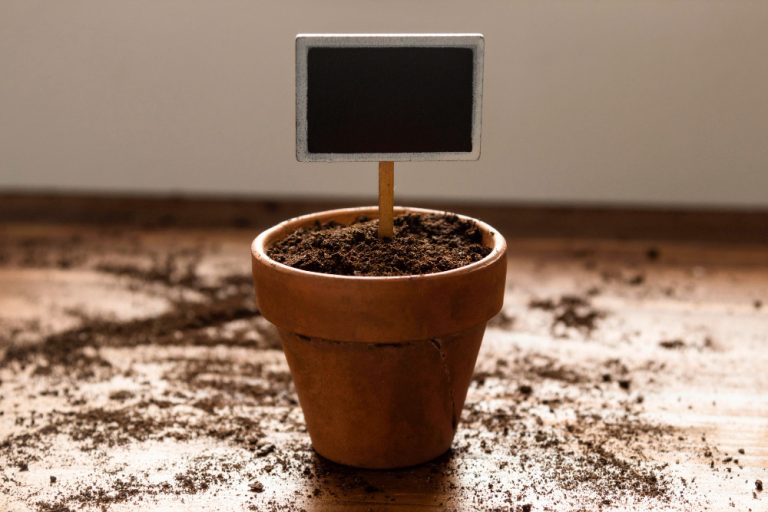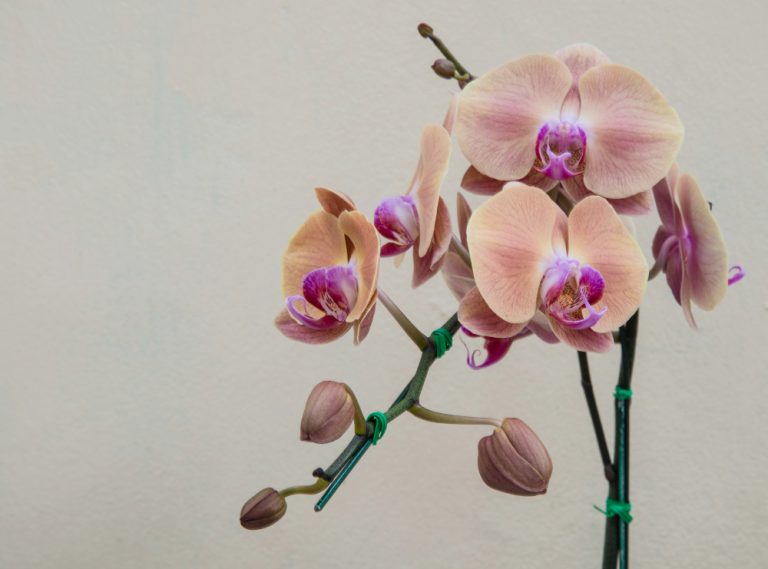As the winter months roll in, many households face a common dilemma: how to maintain optimal indoor humidity levels amidst plummeting temperatures and dry air. Indoor humidity plays a crucial role in our comfort and well-being, affecting everything from respiratory health to the condition of our skin and furniture. However, striking the right balance can be tricky, especially when faced with the dehumidifying effects of indoor heating systems and frigid outdoor air. Understanding the importance of indoor humidity and how to manage it effectively is key to creating a comfortable and healthy living environment during the winter season.
Finding the Sweet Spot for Indoor Humidity
When it comes to indoor humidity levels in winter, the goal is to achieve a balance that’s just right—not too high and not too low. The ideal indoor humidity range for most homes during the winter months is between 30% and 50%. Humidity levels below this range can lead to dry air, causing respiratory irritation, dry skin, and static electricity buildup. Conversely, humidity levels above 50% can create conditions ripe for mold and mildew growth, as well as exacerbate allergies and asthma symptoms. Striking the right balance requires careful monitoring and adjustment of indoor humidity levels as needed.
Understanding the Impact of Indoor Heating on Humidity
One of the primary culprits behind low indoor humidity levels in winter is indoor heating. As we crank up the heat to combat the cold, our heating systems can strip moisture from the air, leading to dry indoor conditions. Forced-air heating systems, such as furnaces and heat pumps, are particularly notorious for their dehumidifying effects, as they circulate warm air throughout the home, often without adding moisture back into the air. Additionally, sealing our homes to prevent drafts and conserve energy can further exacerbate indoor humidity woes by trapping dry air inside.
Strategies for Boosting Indoor Humidity
If you find yourself battling dry indoor air during the winter months, fear not—there are several strategies you can employ to boost indoor humidity levels and restore comfort to your home. One of the simplest and most effective methods is to use a humidifier to add moisture to the air. Humidifiers come in various types, including evaporative, ultrasonic, and steam humidifiers, each offering unique benefits and features. Place a humidifier in commonly used rooms or areas where you spend the most time, such as the bedroom or living room, and run it regularly to maintain optimal humidity levels.
Harnessing the Power of Houseplants and Water Features
In addition to using a humidifier, you can also harness the power of nature to increase indoor humidity levels naturally. Houseplants are excellent natural humidifiers, as they release moisture through a process called transpiration. Place a few strategically placed houseplants throughout your home to help add moisture to the air while adding beauty and greenery to your space. Similarly, incorporating water features such as tabletop fountains or indoor ponds can help increase indoor humidity levels while creating a soothing and relaxing ambiance.
Tips for Humidity Management
Maintaining optimal indoor humidity levels requires ongoing monitoring and maintenance to ensure your home remains comfortable and healthy throughout the winter season. Invest in a hygrometer, a device that measures humidity levels, to track indoor humidity and make adjustments as needed. Aim to keep humidity levels within the recommended range of 30% to 50%, adjusting your humidifier settings or using natural solutions as necessary. Additionally, be vigilant about addressing any sources of excess moisture in your home, such as leaks or condensation, to prevent mold and mildew growth and maintain a healthy indoor environment. With careful monitoring and proactive maintenance, you can achieve the perfect balance of indoor humidity for a cozy and comfortable winter season.







